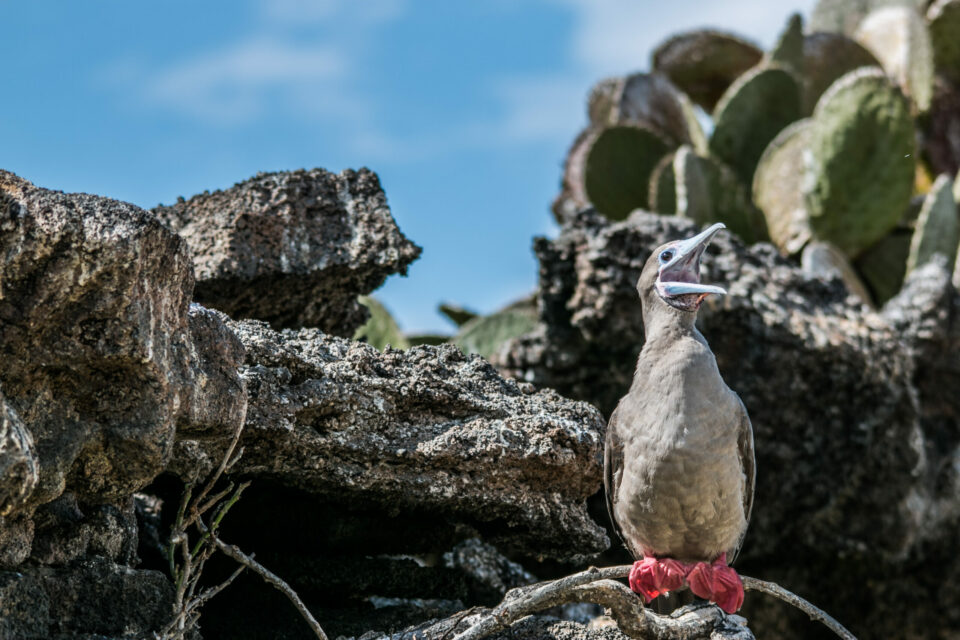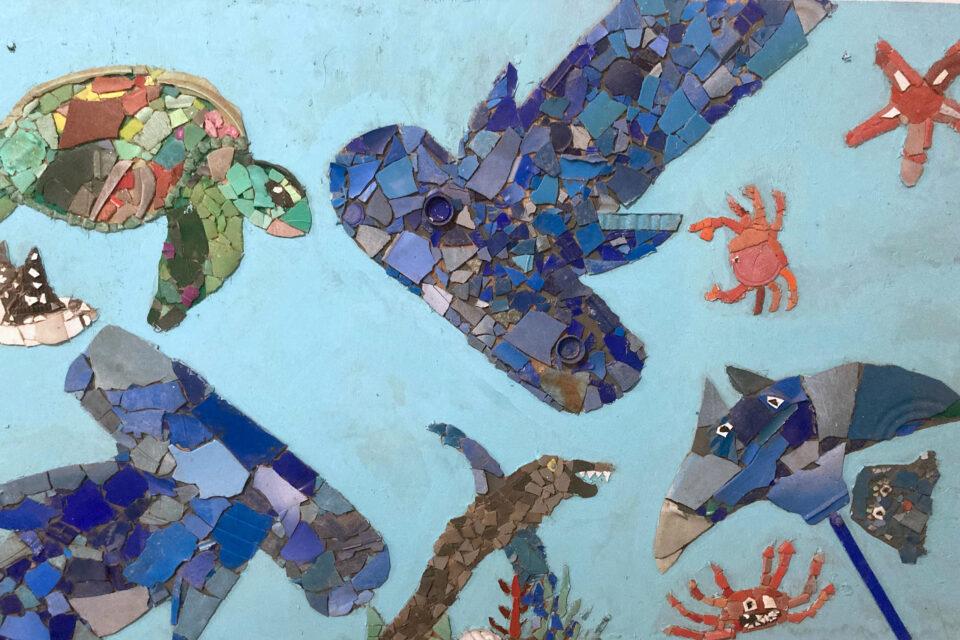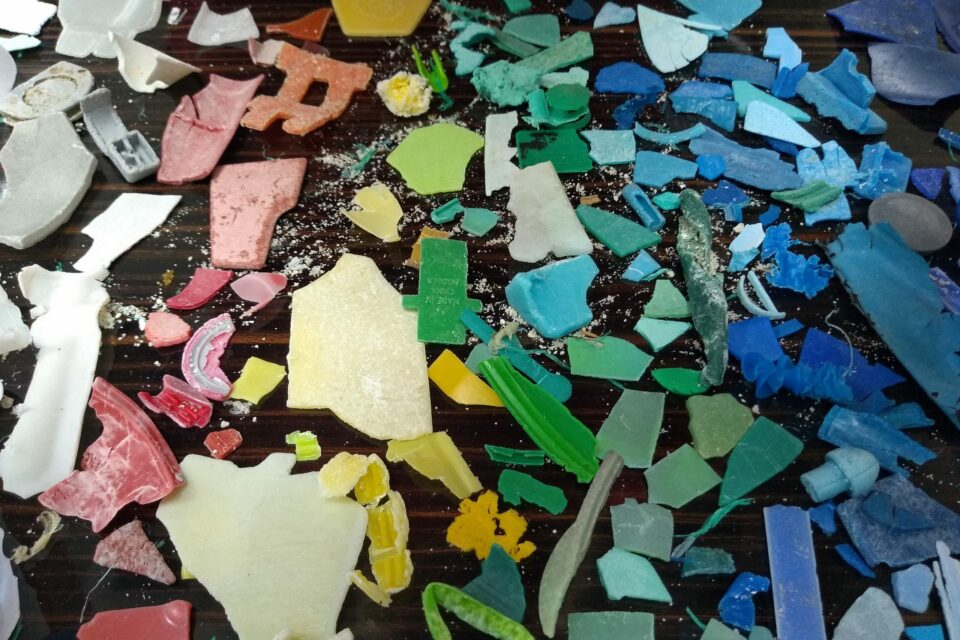

Galapagos Waste Management Report 2021
In April 2021, GCT commissioned a report on waste management in Galapagos, delivered by a team of sustainability engineers at OrcaTec. This report describes the development of the waste management systems on the Islands, the challenges experienced in maintaining them and identifies opportunities for future solutions.
In April 2021, GCT commissioned a report on waste management in Galapagos, delivered by a team of sustainability engineers at OrcaTec. This report describes the development of the waste management systems on the Islands, the challenges experienced in maintaining them and identifies opportunities for future solutions.
A brief history of bins
Galapagos was the first province in Ecuador to have a waste-management system with ‘separation at source’, starting first in Santa Cruz in 2003, in San Cristobal in 2007 and in Isabela in 2011. Waste is sorted into three bins – a blue one for recyclables, a green one for organic waste and a black one for non-recyclables. This waste is transported to municipality-managed waste-management and recycling sites where recyclable materials are sorted and prepared for transport to the mainland. Unfortunately, due to contamination, a lot of waste is destined for landfill within the Islands themselves, all of which are close to, or exceeding capacity, which raises major environmental concerns.

Cost of waste management
Waste generation in Galapagos has increased from 18.8 tons per day in 2010 to 28.6 tons per day in 2019, increasing by 66% in just ten years – reflecting the growth in tourist numbers and the local population. In 2010, land-based tourism took over from cruise-based tourism as the most common way to experience the Islands, increasing local waste production and pressure on collection systems. It is now estimated that it costs US$200 to manage each ton of waste produced in Galapagos; approximately US$2.1 million per year. Around 12% of this waste is estimated to be plastics meaning that the local population and tourists may be generating up to 1,253 tons of plastics annually.
The organic waste frontier
A Veolia study in 2019 showed that organic food waste makes up most of the waste generated per capita in Galapagos (more than 50%). Although food waste is collected, many community members store it in plastic bags which means it cannot be composted due to contamination by plastics. The report recognises that compost solutions for households could be a great way to reduce the burden on waste management systems, in addition to working with pig farmers that can feed their livestock with organic food matter. We are currently seeking funding for pilot compost projects.

Keeping up with communications
There have been many NGO efforts overtime to raise awareness of the importance of good waste management and recycling, most notably by WWF and local NGO, Fundar. There is still a need for campaigns for local communities and tourists, however, with pilot data suggesting that many people are not aware of existing schemes or the potential for new alternative products and recycling methods.
Designing out pollution
The ‘circular economy’ is based on the principle of designing out pollution and waste, keeping products in circulation or longer and ensuring sustainable disposal is considered at the design stage. In addition to reducing the amount of waste produced and the associated burden on waste-management systems, there is also less reliance on the extraction of raw materials from the natural environment, such as fossil fuels in the case of plastic. Ultimately, we are striving for a circular economy for plastics in Galapagos to not only reduce the environmental footprint of plastics but also to provide much-needed alternative livelihood options.
GCT would like to extend our thanks to Max Martin, Nuria Estrella, Andrea Garzón and Andrea Dahik for producing this report. This article was originally published in the Autumn/Winter 2021 edition of Galapagos Matters.
Related articles


New research shows that Galapagos giant tortoises are ingesting plastic waste

Creating a circular economy for plastics in Galapagos


